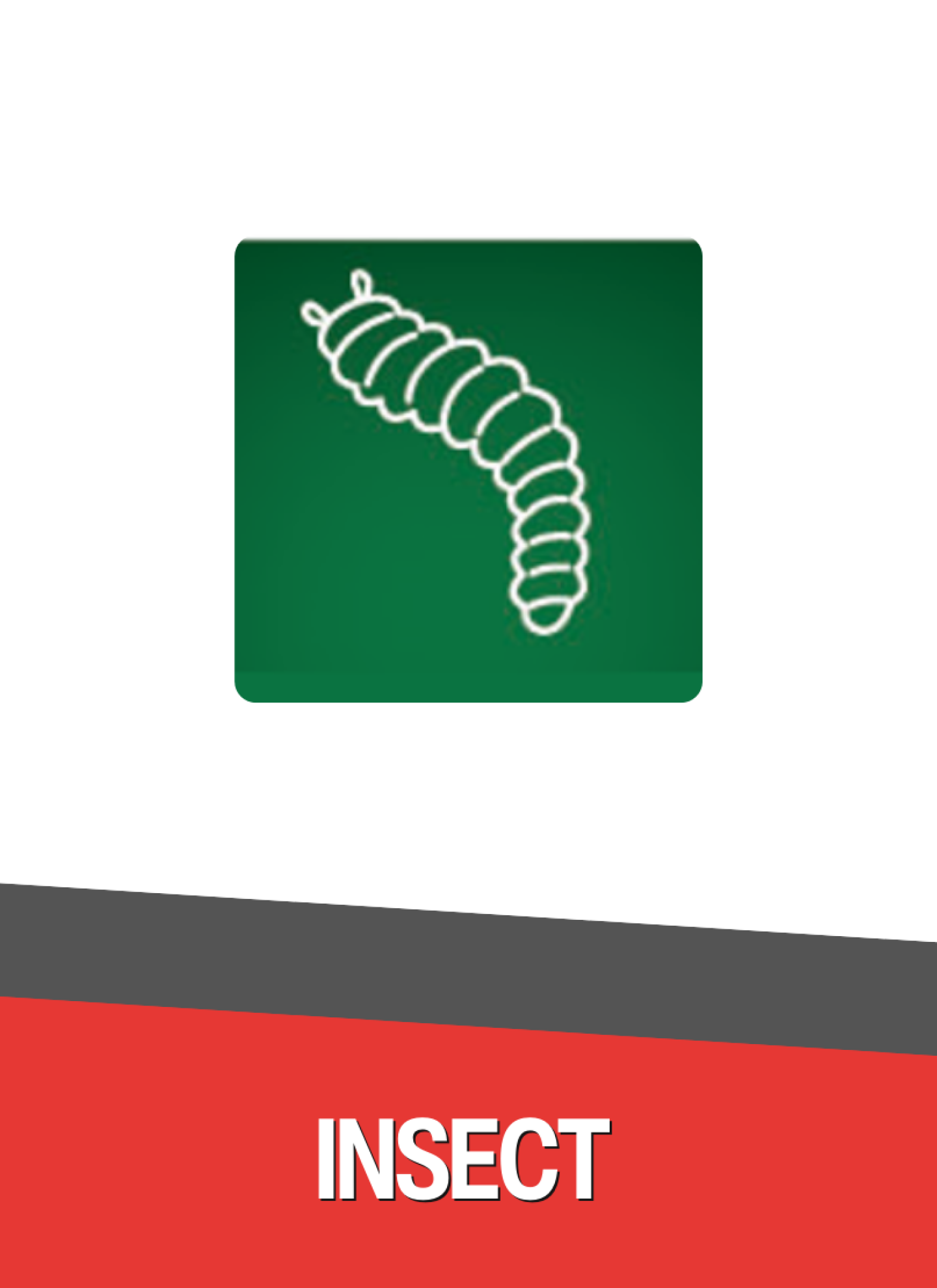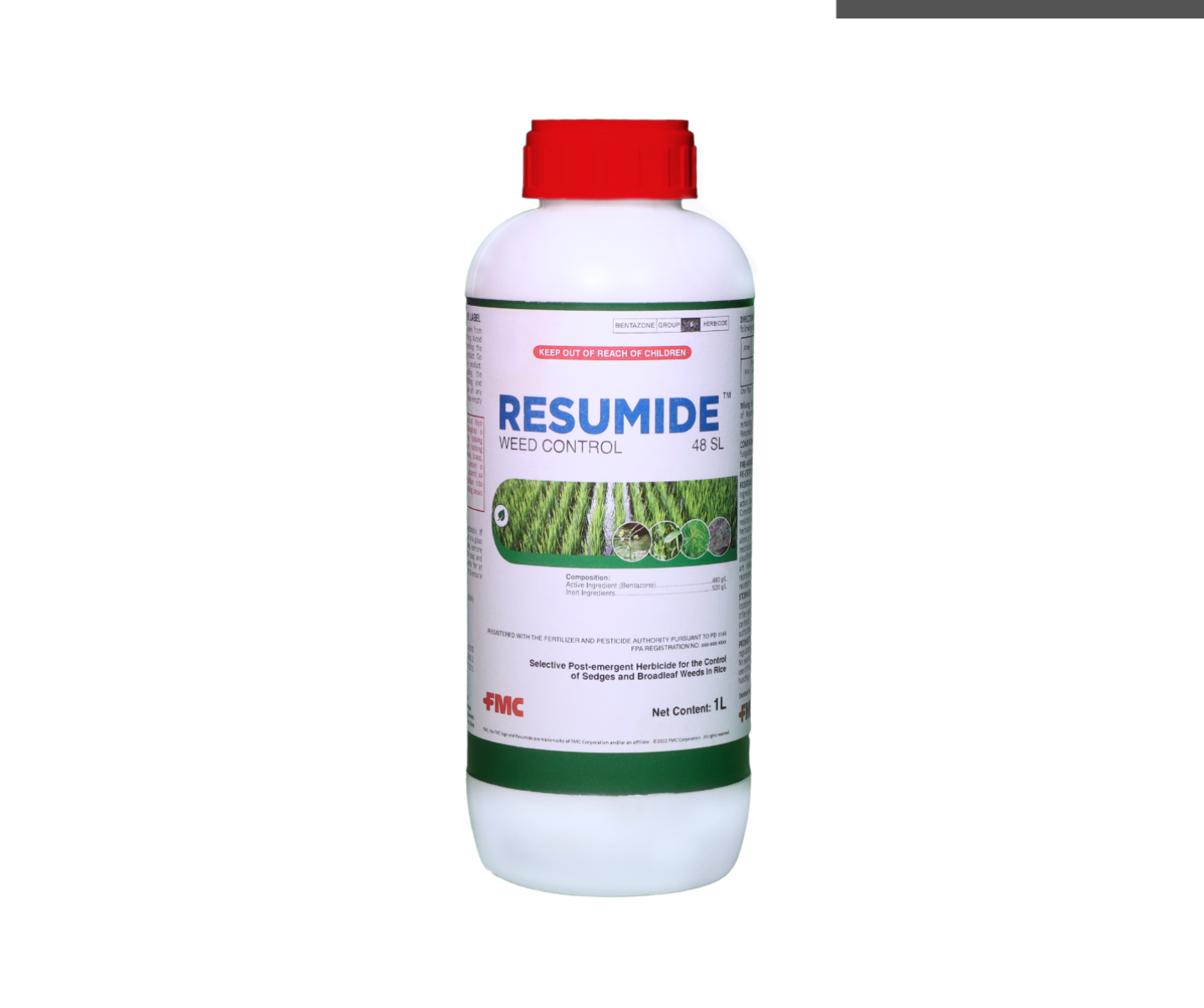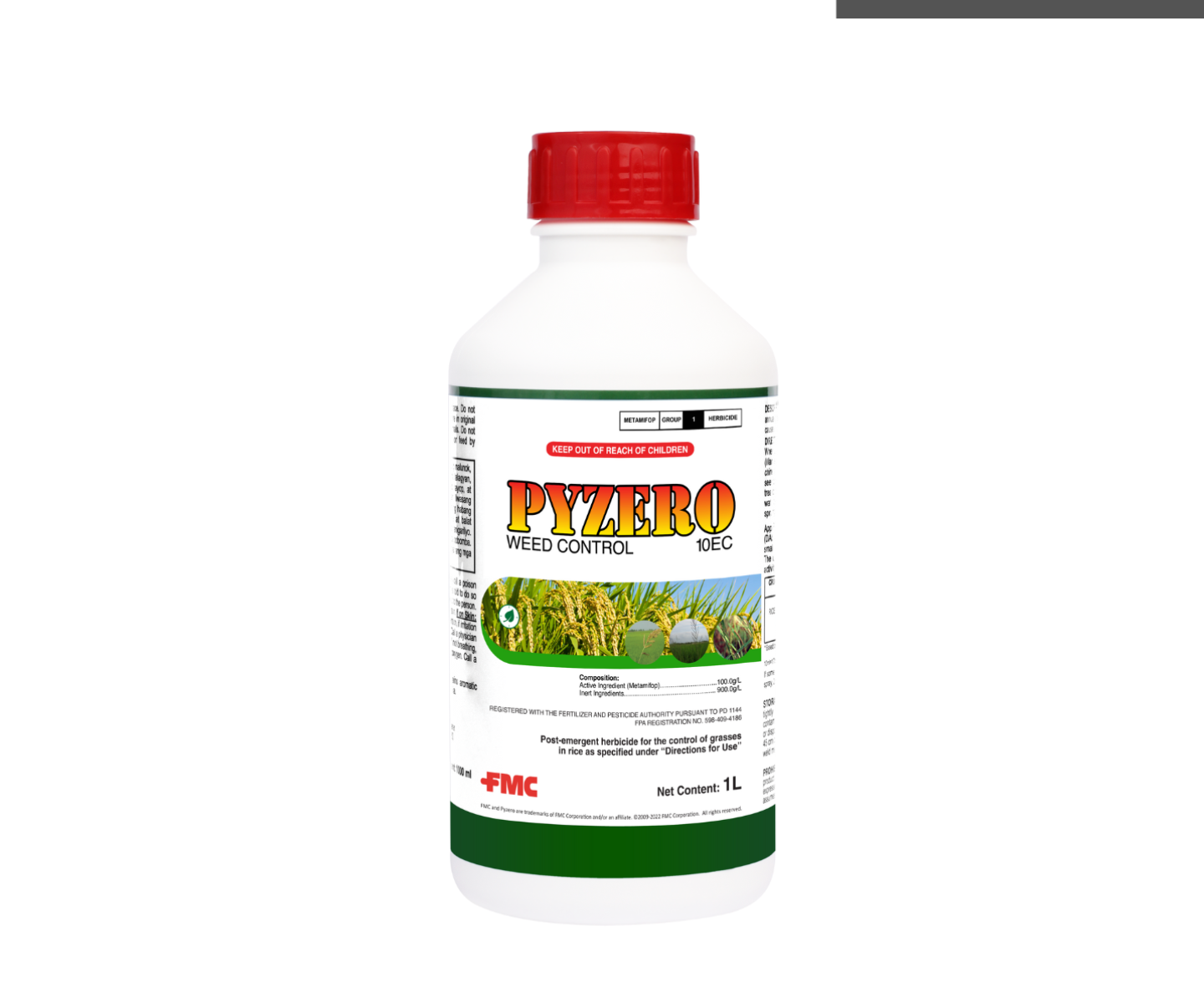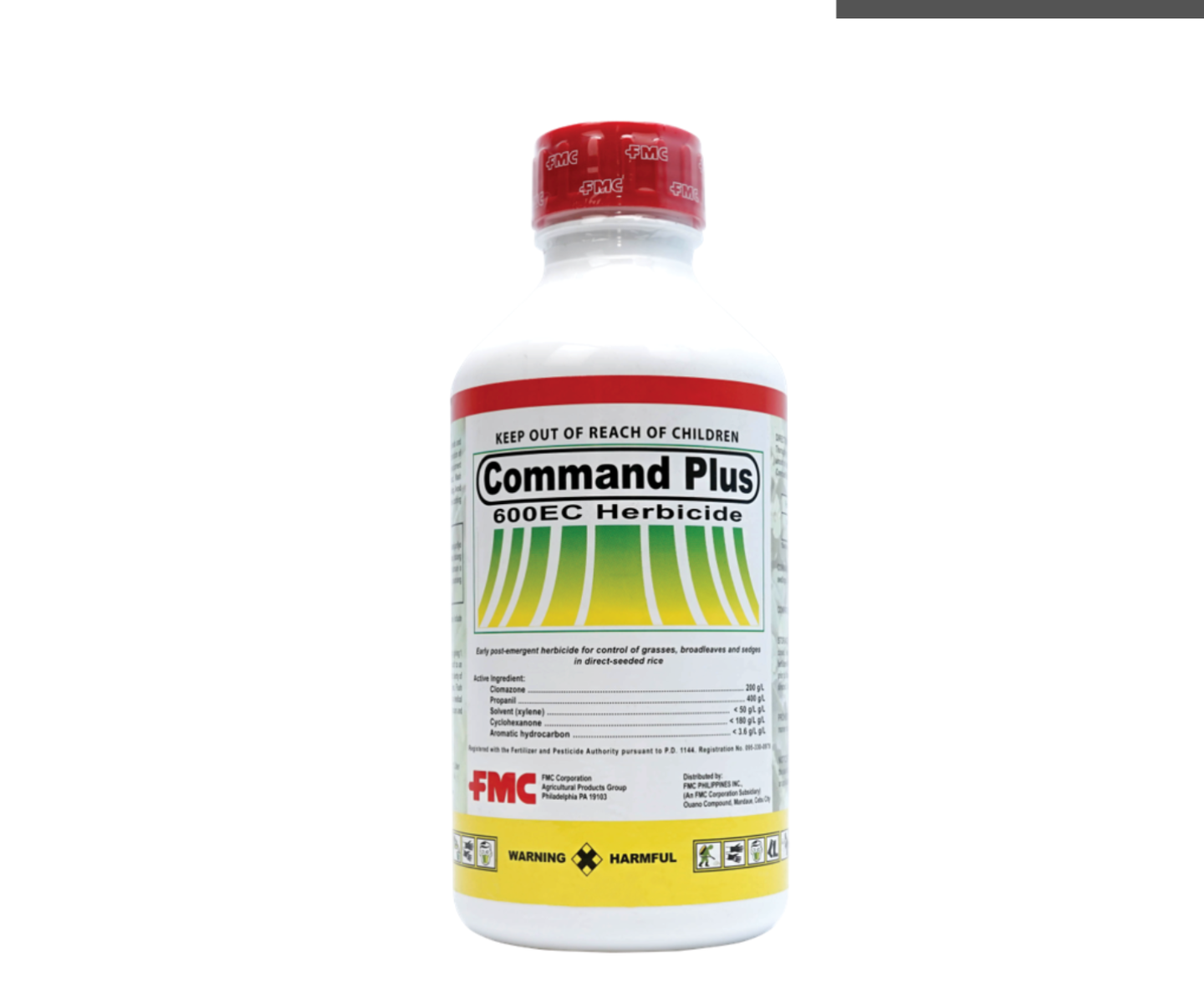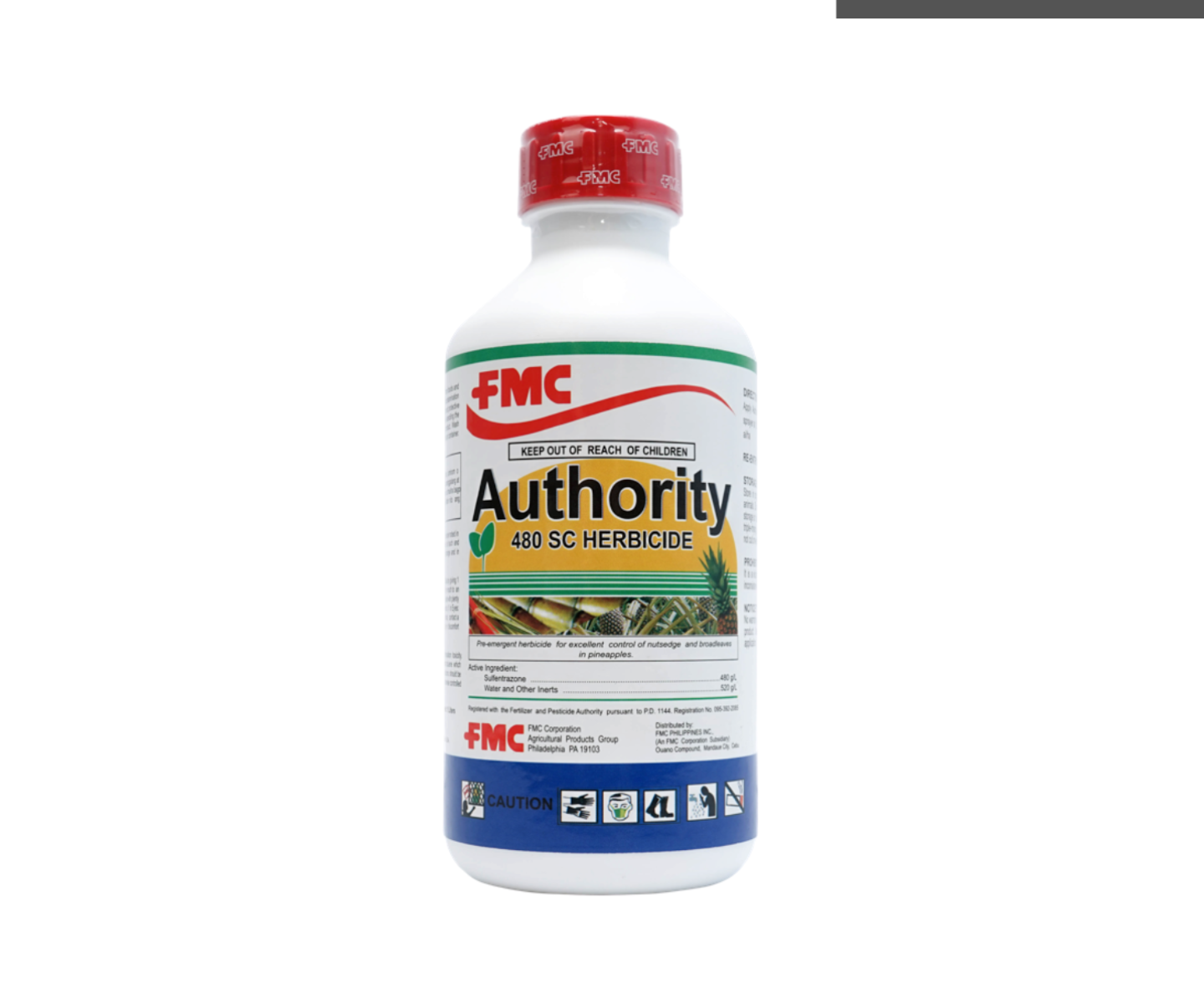Grasses
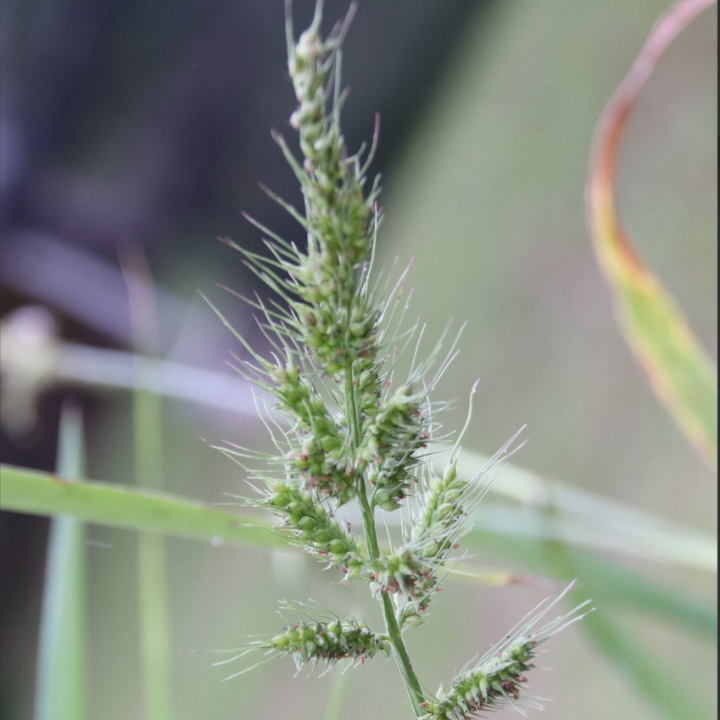
Grasses have narrow leaves with parallel veins and small, inconspicuous flowers. Stems are usually round and have visible bulges or joints where the leaves attach (nodes). They are usually hollow except at the nodes.
To distinguish from rice, grasses do not have auricles (claw like appendage, covered with hairs found where leaf blade and leaf sheath meet) and ligules ( a thin, upright, semi-permanent membrane located above the auricle)
What are the symptoms
Examples of major grass weeds in the Philippines include the following:
1. Ischaemum rugosum Salisb. - salsalada, Ipot-doron, Bulo-bulo, Gulong Lapas, Trigo-trigohan
2. Echinochloa crusgalli - Lagtom, Marapagay, Bayakibok, Telebisyon
3. Echinocloa glabrescens - Telebisyon, Bayakibok
4. Leptochloa chinensis - Kurukauayan, maroy-paroy, Marapagay, Palay-maya
5. Echinochloa colona - jungle rice, bulang, pulangpwet, tiriguhan, dakayang
6. Rottboellia cochinchinensis - itch grass, Sagisi, bu-gang, aguingay, dupahon, gaho, guirum
7. Eleusine indica - goosegrass, parangis, sabungsabungan, palagtiki, padpad, barangan
Impact to the crop
Weeds are considered as one of the limiting factors in crop production as it:
√ Compete with crops: Nutrients, Water, Space, Sunlight (Yield reduction)
√ Increase cost of cultivation
√ Reduce crop quality and contaminate produce
√ Interfere with harvesting
√ Serve as an alternate host for pests & diseases
√ Allelopathy; production of chemicals toxic to crop plants, animals, or humans
How to control
√ Mechanical control thru cultivation, uprooting and burying of weeds using mechanical tools..
√ Physical control thru hand weeding
√ Cultural methods by thorough land preparation, appropriate plant spacing and good water management
√ Chemical control by the use of herbicides
